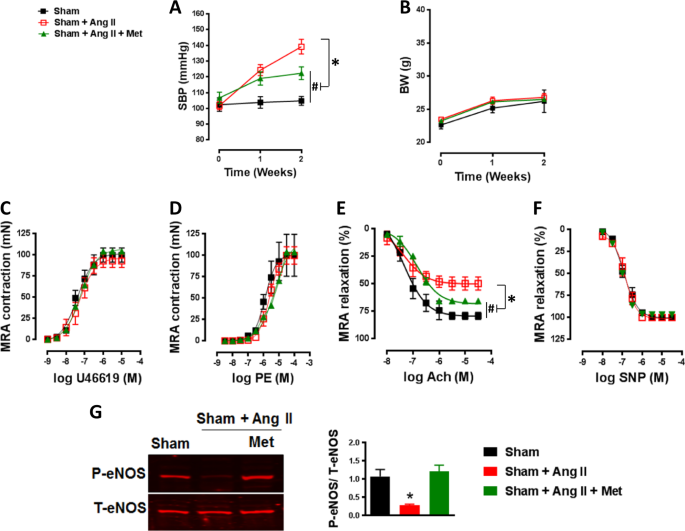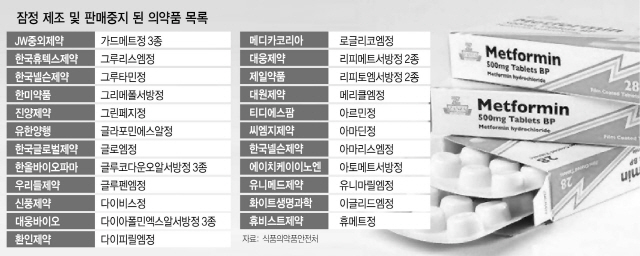Polycystic ovarian syndrome, biblical supplements, herbal medicine treatment, and better 365 oriental medicine clinics found in pregnant women

Don’t think it’s a big deal if you don’t have menstruation for more than three months or it’s getting more and more rare.It is polycystic ovarian syndrome (polycystic ovarian syndrome), a typical gynecological-related disease experienced in 1/10th of pregnant women.It is one of the common causes of infertility, and if handed over, the possibility of endometriosis increases significantly, and dyslipidemia is likely to occur, which is the main cause of women’s motivation to live.If you have a lot of worries about irregular menstrual problems, please read slowly to see if my symptoms are affected.Let’s find out what polycystic ovarian syndrome should be investigated at a better 365 oriental medicine clinic that finds ordinary daily happiness.
ovarian structure and follicle

The ovary is about 5 centimeters long and 1.5 centimeters wide, and it is located on both sides of the uterus, and varies depending on the menstrual cycle and age.It consists of the cortical part and the water quality part, and the epidermal part is also called the white membrane, and there is a follicle, and the water quality part located inside is a layer with blood vessels and lymphatic tissue.The main function is ovulation due to egg storage and follicle maturation, and it interacts with hormones transmitted from the central nervous system to secrete hormones such as estrogen and progesterone.The function of the follicle is created in the form of a bag that will become an egg in the future, and has a structure called primordial follicle, an immature egg.Eggs grow according to the hormone cycle, mature and ovulation that is discharged into the fallopian tube occurs, and ovulated follicles turn into lutees, and degenerate into white bodies if the fertilization process is not carried out.
polycystic ovarian syndrome (polycysticovarian syndrome)

According to Rotterdam Diagnostic Standards (2003Rotterdam), 1) rare menstrual periods (period exceeding 35 days or less than 8 times a year) or anovulatory state (if not more than 3 consecutive periods).2) Symptoms of ovarian high androgen production (hyperhair disease, obesity, acne) or blood test hyperandrogenemia.3) Multiple cysts diagnosed with ultrasound (when doughnut-shaped follicles are at least 12 or the volume of the ovary is at least 10).Diagnose if two or more conditions are met and there are no other diseases affected.Damage to the ovary itself, which is an important factor in menstruation, should be eliminated. typical symptom

In 60-85%, there is amenorrhea and 발 menstruation, which can cause pigmentation of the armpits and back necks, and Asians and Koreans often do not have obesity and polyhairia, but diabetes and dyslipidemia are common.Most of the symptoms occur in adolescence, 발 as symptoms of menstruation or irregular bleeding, and the number of symptoms decreases as they grow, but if the symptoms are left unattended, there is always a risk of elevated lipids and abnormal uterine bleeding.The main complications are pregnancy hypertension, fatty liver, overweight, mood change due to hormone secretion abnormality, and endometrial hyperplasia, which thickens the endometrium.

cause of polycystic ovarian syndrome

Although it has not been specifically identified yet, various causes have been mentioned, including changes in hormone levels, excessive production of androgen (male hormones), and abnormal genetic factors of insulin secretion and action.In an ongoing study, a paper has been observed that increased sympathetic nervous system activity is largely involved in worsening symptoms.The theory of Chinese medicine is divided into parts such as infertility and childlessness, and the causes are divided into depression and non-renal concessions. Prevalence rate

The PCOS prevalence rate announced in Korea was 9.5%, and it was reported as a high-value endocrine disease that occurs in about 5-10% of pregnant women.However, it is confirmed that the situation of obesity is lower than that of overseas cases. life managementLosing weight prevents insulin-related diseases and prevents clinical symptoms of Androgenemia.A low-carb diet prevents obesity, and intake of fiber such as several kinds of vegetables is good for improving and preventing symptoms.Increasing your usual activity and exercising at the same time reduces various metabolic diseases such as diabetes and reduces the incidence of symptoms.treatment of polycystic ovarian syndromeThe primary prescription corrects hormonal imbalance with oral contraceptives and insulin response improvement agents (metformin), and if the effect is reduced, surgery methods such as ovarian laser surgery are selected.The vision of Chinese medicine is to treat follicular sutras in accordance with the menstrual cycle, and phagocytic sutras in accordance with the period. acupuncture for polycystic ovarian syndromeAcupuncture, a treatment of Chinese medicine, has the characteristic of being inexpensive and effective for patients because there are no reports of side effects.The frequently used sutra holes include Taegye and Joksam-ri, and the results of the study confirmed the improvement effect on hyperandrogenic disease and obesity.A study in the U.S. says the frequency of menstruation has increased and hyperandrogenia has decreased. Moxibustion therapyTreatment with moxibustion can work very effectively in women’s diseases.Moxibustion therapy, which conveys warm stimulation, promotes the action of motor cells in uterine structures located in the pelvis, helps normalize functions, and relieves pain. treatment of herbal medicines to restore ovulationOne of the key treatments needed to achieve the effectiveness of treatment is oriental medicine.Treatment divided into renal emptiness and gallbladder (sputum) is carried out through careful dialectics.In the form of obesity, the treatment of supplementing the god (renal) is carried out first, and the treatment of supplementing the god (renal) is carried out for patients who are not obese.365 Korean Medical Center, Better Than the BibleIf pain is terrible in the multicultural ovary syndrome, you can receive accurate diagnosis and treatment in a better diagnosis and treatment.More than three herbal medicine clinicians have been examined by three herbal medicine, through three medicines.We can take a night clinic at night and take a wide range of night medical treatment and you can take a wide parking lot and quickly and quickly treatment for the patient with a large number of cells.It can improve the treatment of the hospital directly manufacturing in the hospital, which can improve the multicultural ovary syndrome.This post was made based on information from 365 oriental medicine clinics for the purpose of medical advertisements, and complied with all the laws related to medical advertisements under Article 561 of the Medical Act.All treatments and treatments may vary from person to person and may cause large and small side effects, so please consult with medical staff such as oriental medicine before checking the precautions.#Biblical Han Clinic #Biblical Polycystic Ovarian Syndrome #Biblical Ovarian Syndrome #Keimyung University감지된 언어가 없습니다.
입력 언어를 확인해 주세요.Previous image Next imagePrevious image Next imageHere’s the previous image. Here’s the next oneHere’s the previous image. Here’s the next oneHere’s the previous image. Here’s the next oneHere’s the previous image. Here’s the next oneHere’s the previous image. Here’s the next one

